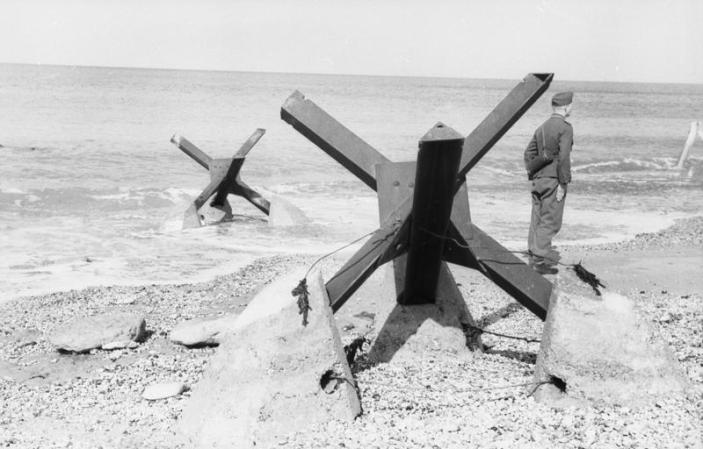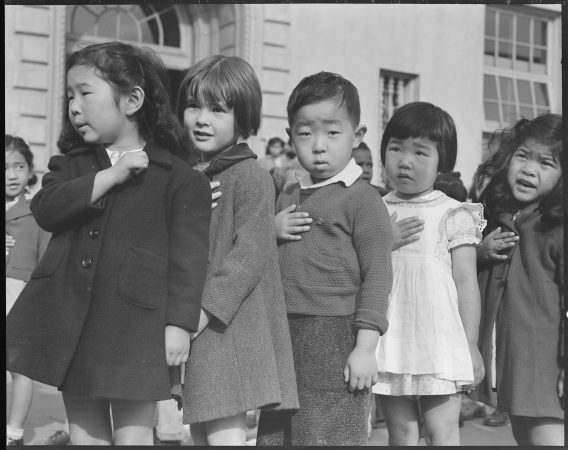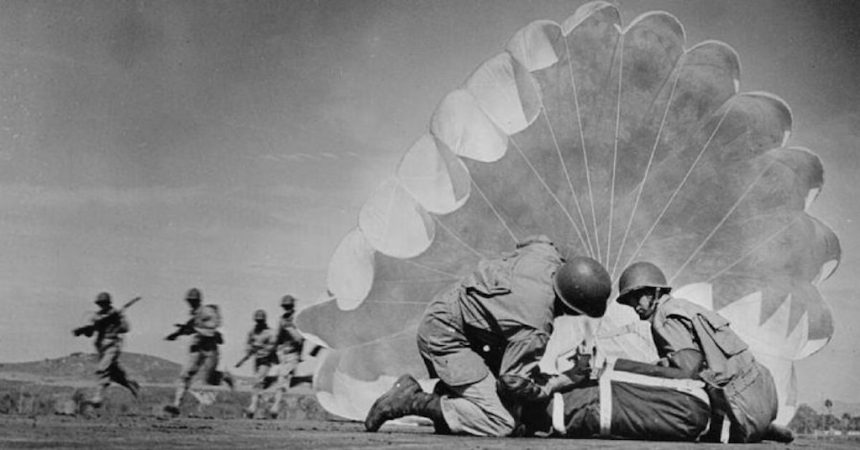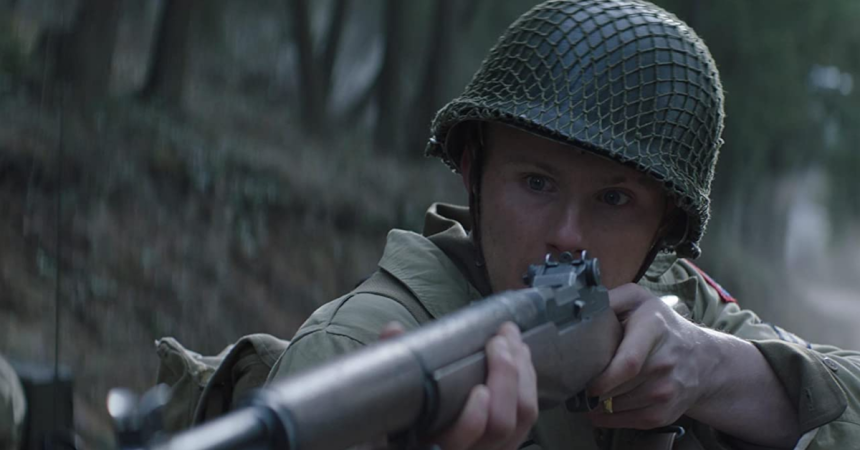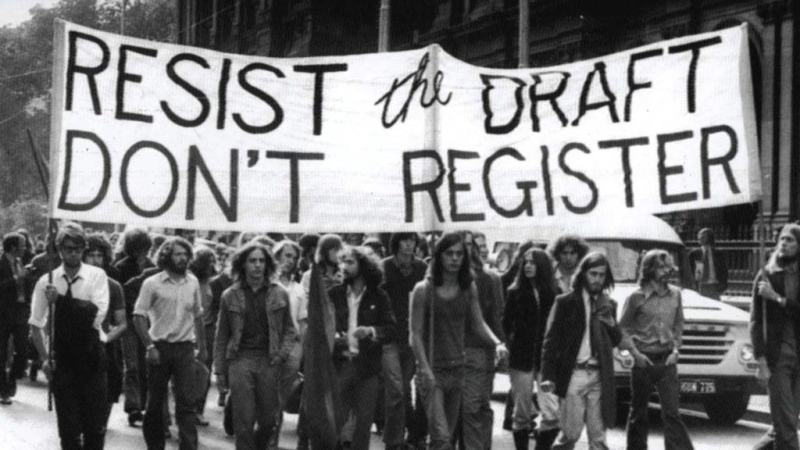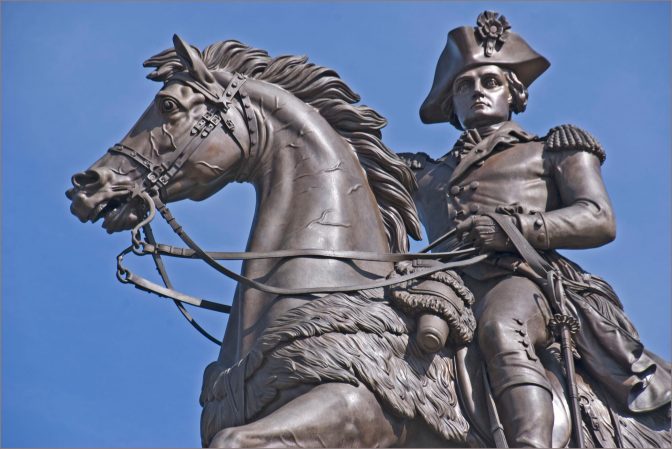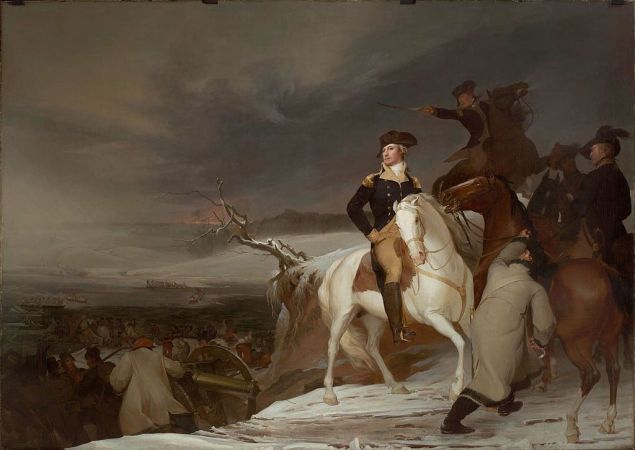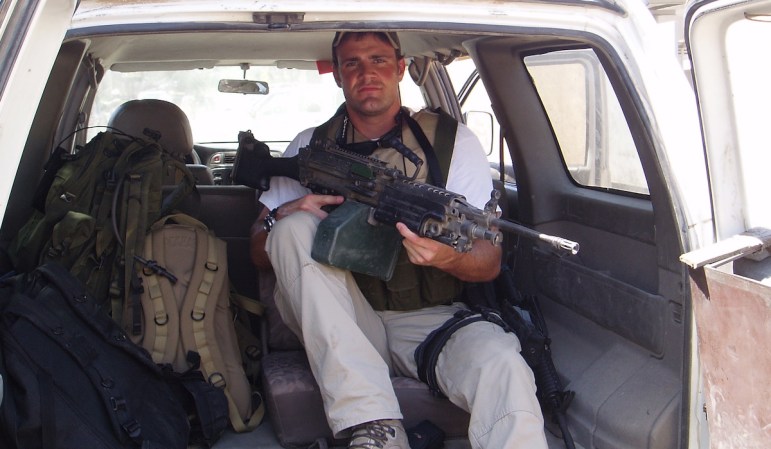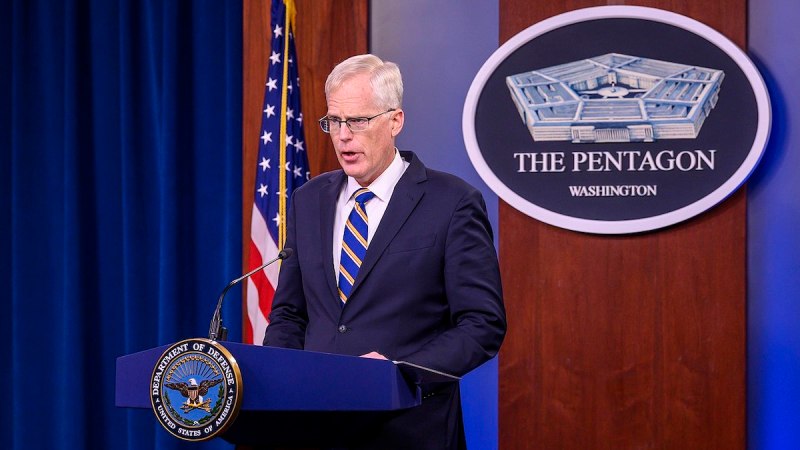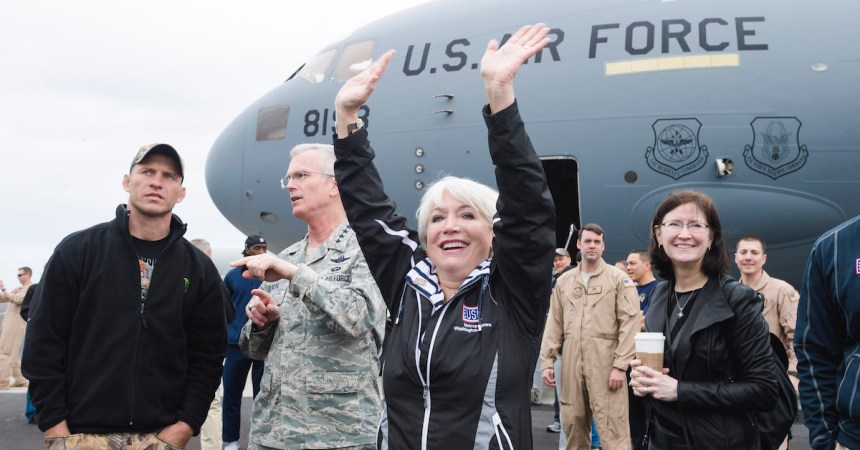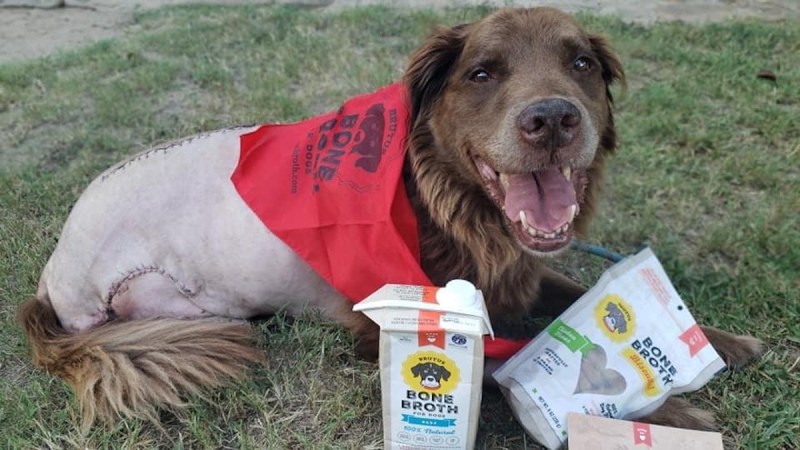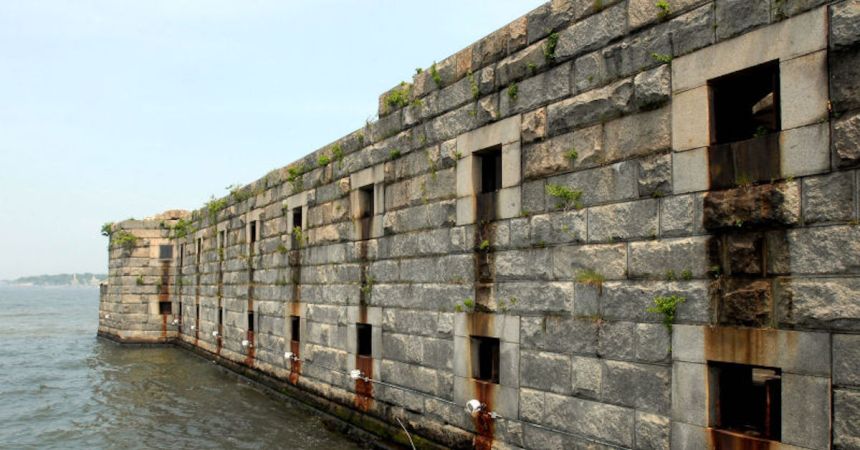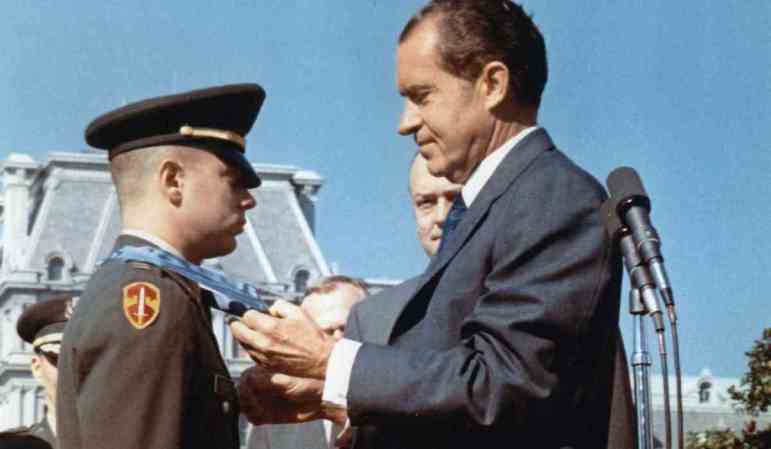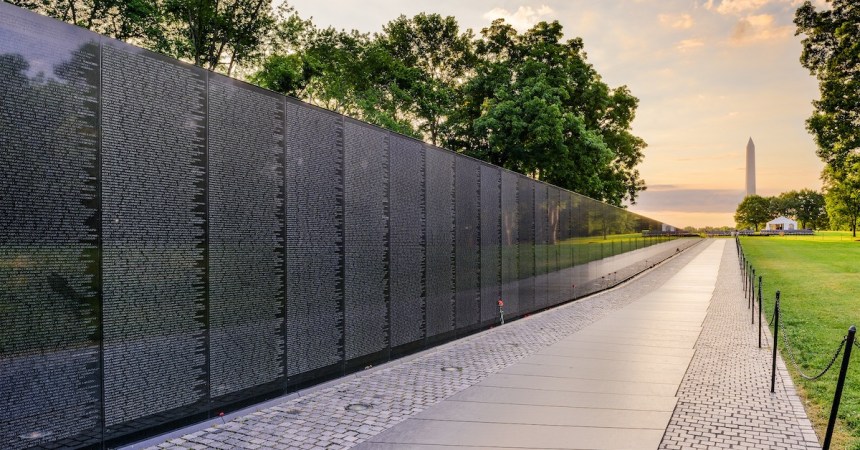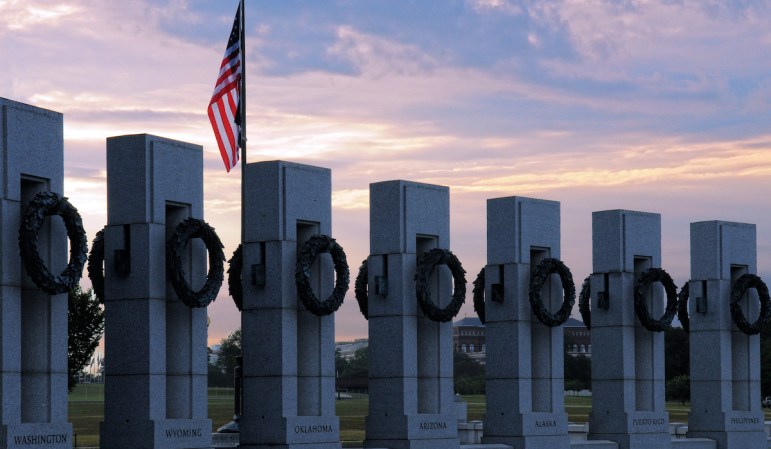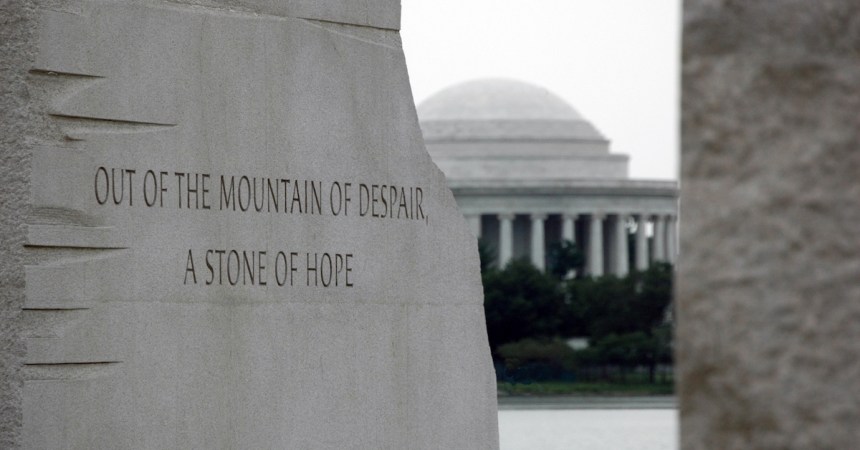These days, the general public knows George Takei for two things: his role as one of the most hilarious people on social media, and his role as Starfleet veteran Hikaru Sulu.
But there’s a lot more to the man. Born in 1937, he grew up at an interesting time for Japanese-Americans.

“When Pearl Harbor was bombed,” Takei said in a recent TED talk, “young Japanese-Americans, like all young Americans, rushed to their draft board to volunteer to fight for our country. That act of patriotism was answered with a slap in the face. We were denied service, and categorized as enemy non-alien.”
His grandparents immigrated to the United States from Japan. His mother and father met in Los Angeles, where Takei was born. Now 78, he was four years old on December 7, 1941, when the Empire of Japan attacked Pearl Harbor and took the U.S. into World War II. 110,000 Americans of Japanese ancestry on the West Coast were rounded up and put into ten internment camps for the duration of the war. This was by all counts an unlawful imprisonment of American citizens. No one was excluded, including the Japanese-American being imprisoned in the Life photo below.

Takei goes on to describe the Japanese-Americans conscripted from the internment camps and their two-pronged fight in the war – the fight against the enemy and their fight for recognition as proud American citizens.
“…the astounding thing,” Takei says, “is that thousands of young Japanese-American men and women again went from behind those barbed-wire fences, put on the same uniform as that of our guards, leaving their families in imprisonment, to fight for this country… They said that they were going to fight not only to get their families out from behind those barbed-wire fences, but because they cherished the very ideal of what our government stands for.”
He refers to the U.S. Army’s 442d Regimental Combat Team. Sent to Europe in 1944, the 442d boasted over 9,000 Purple Hearts, 8 Presidential Unit Citations, 52 Distinguished Service Crosses, 560 Silver Stars, and 21 Medals of Honor. For a unit of just over 3,000 troops, they also had the extremely high casualty rate of 93%. They are best known for their actions against Nazi General Albert Kesselring’s Gothic Line in Italy, which Takei describes in his talk.

“They are my heroes and my father is my hero, who understood democracy and guided me through it. They gave me a legacy, and with that legacy comes a responsibility, and I am dedicated to making my country an even better America, to making our government an even truer democracy, and because of the heroes that I have and the struggles that we’ve gone through, I can stand before you as a gay Japanese-American, but even more than that, I am a proud American.”





